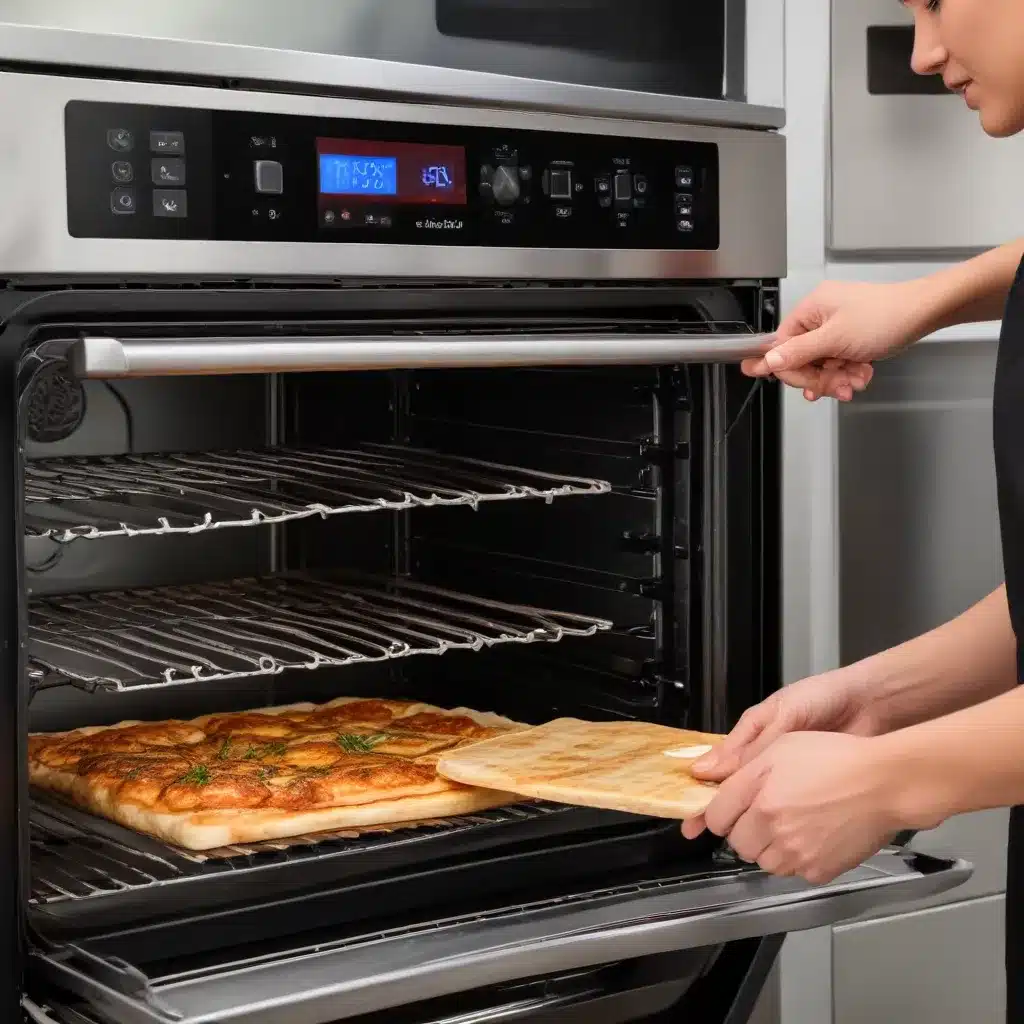
Understanding the Importance of Oven Calibration
Achieving perfectly baked treats, from delectable cookies to fluffy cakes and pies, can sometimes feel like a culinary challenge. While precisely following a recipe is a crucial first step, the true key to consistent, high-quality results lies in properly calibrating your oven. Oven calibration is the process of adjusting your oven’s temperature settings to ensure accuracy, and it can be a game-changer for home and professional cooks alike.
In the world of cooking and baking, even the slightest variation in oven temperature can have a significant impact on the final outcome. An oven that runs too hot may cause your baked goods to overbrown or dry out, while one that runs too cool can result in undercooked, soggy messes. By calibrating your oven, you can eliminate these temperature inconsistencies and achieve the perfect results you desire, every time.
Exploring the Causes of Oven Temperature Discrepancies
Oven temperature discrepancies can arise for a variety of reasons. Sometimes, different types of ovens are designed to run slightly hotter or cooler than their specified temperatures in order to improve performance. This can be the case with both electric and gas ovens. Additionally, the elevation at which you’re using your oven can affect baking times and temperatures, as the air pressure and composition can vary.
Even if your oven has been working just fine for years, over time, the internal components can shift or wear down, causing the temperature to drift from the set point. Environmental factors, such as fluctuations in room temperature and humidity, can also play a role in oven performance.
Mastering the Art of Oven Calibration
Calibrating your electric oven’s temperature is a relatively straightforward process, whether you have analog or digital temperature controls. All you need is an accurate oven thermometer and, for analog ovens, a Phillips head screwdriver.
-
Placement and Preheating: Place a rack in the center of your oven cavity and center your oven thermometer on the rack. Close the oven door and set the temperature to 350°F. Allow the oven to preheat fully, without opening the door, as this could affect the temperature reading.
-
Temperature Comparison: Once the oven has reached the set temperature, check the reading on your oven thermometer. If the temperature is off by 15 degrees or more, you’ll need to calibrate your oven.
-
Adjusting the Oven Temperature: For analog ovens, remove the temperature knob and turn it over. You should see one or two screws on the back of the knob. If your oven is running hot, turn the screw(s) clockwise. If it’s running cold, turn the screw(s) counterclockwise. Make small, gradual adjustments, as even a slight turn can result in a significant temperature change.
-
Retest and Repeat: After making an adjustment, retest your oven to ensure it’s reaching the correct temperature. Repeat the adjustment process as necessary until your oven is properly calibrated.
For gas ovens with digital controls, the calibration process may be similar to that of electric ovens. However, if your gas oven lacks a digital adjustment feature, you’ll need to contact a certified service technician for assistance.
Recognizing the Signs of an Inaccurate Oven
Even if you don’t have an oven thermometer on hand, there are other ways to gauge whether your oven’s temperature is accurate. One reliable method is to bake a tube of refrigerated biscuits on a shiny cookie sheet, following the instructions carefully. If the biscuits aren’t evenly browned or cooked through after the recommended baking time, it’s a good indication that your oven temperature is off.
Another telltale sign is the browning of the foods you bake. If your oven is running hot, you may notice that your baked goods are browning too quickly on the outside while remaining undercooked on the inside. Conversely, if your oven is running cool, your baked goods may take significantly longer to achieve the desired level of doneness.
The Dangers of an Uncalibrated Oven
In rare cases, an oven’s temperature can be off by as much as 100 degrees or more. If this is the case for your oven, do not attempt to calibrate it yourself. Instead, reach out to a certified appliance technician and schedule a professional service appointment. Significant temperature discrepancies can pose serious safety and quality concerns, and should be addressed promptly by a qualified expert.
Choosing the Right Oven for Your Cooking Needs
If your oven is no longer up to the task of consistently delivering the results you desire, it may be time to consider upgrading to a new model. The Kitchen Warrior blog offers a wide selection of high-quality ranges and ovens from trusted brands, each designed with features that make meal preparation easier and more enjoyable.
Conclusion: Embracing the Power of Oven Calibration
Calibrating your oven may seem like a small task, but the impact it can have on your cooking and baking prowess is anything but trivial. By taking the time to ensure your oven is accurately maintaining the set temperature, you’ll unlock a world of perfectly-cooked meals and baked goods, time and time again.
So, grab your oven thermometer, make those small yet impactful adjustments, and get ready to embark on a culinary journey where every dish is a masterpiece. With the power of optimal oven calibration on your side, you’re well on your way to becoming a true Kitchen Warrior.


